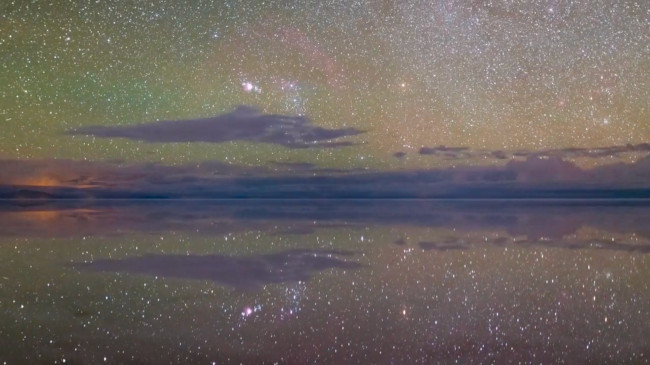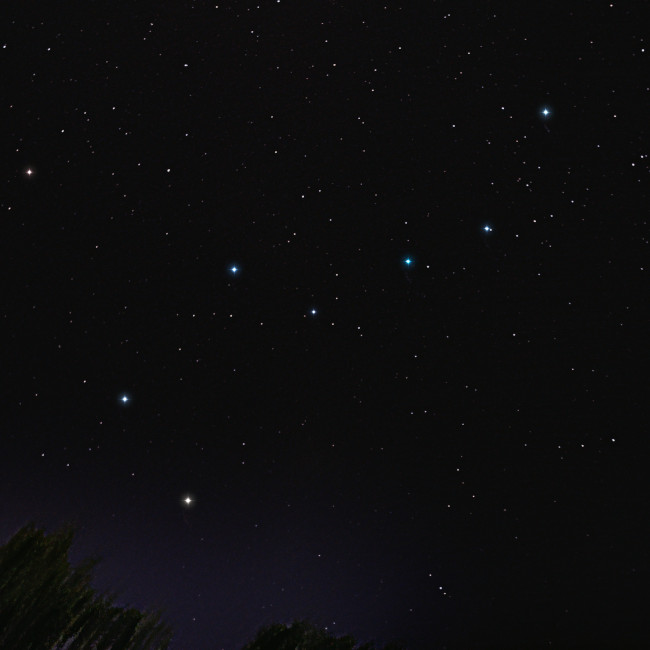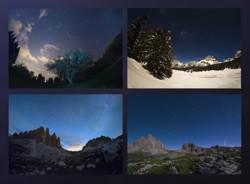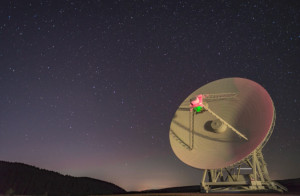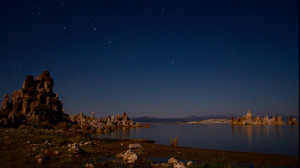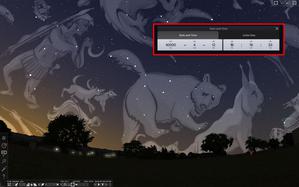Glossary term: Grande Ourse
Description: La Grande Ourse est un ensemble d'étoiles bien connu (ou astérisme, selon le terme technique) qui constituent la constellation Ursa Major dans le ciel boréal. Elle se compose de huit étoiles : Alkaid, Mizar/Alcor, Alioth, Megrez, Phecda, Merak et Dubhe (Mizar/Alcor est une étoile double). Les deux dernières étoiles de la "casserole" de la Grande Ourse permettent de localiser l'étoile polaire (Polaris). Le fait que les huit étoiles soient d'un éclat similaire rend la Grande Ourse particulièrement remarquable (bien que Megrez et Alcor soient légèrement moins brillantes que les autres) et elle a été connue sous divers noms dans de nombreuses cultures. Les cinq étoiles du milieu font partie d'un groupe d'étoiles qui se déplacent ensemble dans l'espace (le groupe mobile d'Ursa Majoris). Dubhe est rougeâtre ; les sept autres étoiles sont blanches.
Related Terms:
See this term in other languages
Term and definition status: The original definition of this term in English have been approved by a research astronomer and a teacher The translation of this term and its definition is still awaiting approval
The OAE Multilingual Glossary is a project of the IAU Office of Astronomy for Education (OAE) in collaboration with the IAU Office of Astronomy Outreach (OAO). The terms and definitions were chosen, written and reviewed by a collective effort from the OAE, the OAE Centers and Nodes, the OAE National Astronomy Education Coordinators (NAECs) and other volunteers. You can find a full list of credits here. All glossary terms and their definitions are released under a Creative Commons CC BY-4.0 license and should be credited to "IAU OAE".
Related Media
Constellations from the World
Credit: Stephanie Ye Ziyi/IAU OAE
License: CC-BY-4.0 Creative Commons Attribution 4.0 International (CC BY 4.0) icons
Big Dipper
Credit: Arya Anthony/IAU OAE
License: CC-BY-4.0 Creative Commons Attribution 4.0 International (CC BY 4.0) icons
Dreamlike Starry Sky and Airglow
Credit: Likai Lin/IAU OAE
License: CC-BY-4.0 Creative Commons Attribution 4.0 International (CC BY 4.0) icons
La Grande Ourse aux quatre saisons
Credit: Giorgia Hofer/IAU OAE
License: CC-BY-4.0 Creative Commons Attribution 4.0 International (CC BY 4.0) icons
Big Dipper and Comet Neowise C2020 F3
Credit: Giorgia Hofer/IAU OAE (CC BY 4.0)
License: CC-BY-4.0 Creative Commons Attribution 4.0 International (CC BY 4.0) icons
The Big Dipper in the Polar Night
Credit: Stephanie Ziyi Ye/IAU OAE (CC BY 4.0)
License: CC-BY-4.0 Creative Commons Attribution 4.0 International (CC BY 4.0) icons
The Big Dipper with the Sardinia Radio Telescope SRT
Credit: Antonio Finazzi/IAU OAE (CC BY 4.0)
License: CC-BY-4.0 Creative Commons Attribution 4.0 International (CC BY 4.0) icons
Big Dipper Over the Mono Lake
Credit: Fabrizio Melandri/IAU OAE (CC BY 4.0)
License: CC-BY-4.0 Creative Commons Attribution 4.0 International (CC BY 4.0) icons
The Rotating Planet
Credit: Jianfeng Dai/IAU OAE (CC BY 4.0)
License: CC-BY-4.0 Creative Commons Attribution 4.0 International (CC BY 4.0) icons
Related Activities
Moving constellations
astroEDU educational activity (links to astroEDU website) Description: Let's learn how stars in constellations move through time using real astronomical images.License: CC-BY-4.0 Creative Commons Attribution 4.0 International (CC BY 4.0) icons
Tags: Software , Data analysis , stellarium , gaia , hipparcos , ursa major Age Ranges: 10-12 , 12-14 , 14-16 , 16-19 , 19+ Education Level: Middle School , Secondary Areas of Learning: Guided-discovery learning , Observation based , Technology-based Costs: Free Duration: 3 hours Skills: Analysing and interpreting data , Asking questions , Communicating information , Developing and using models , Engaging in argument from evidence